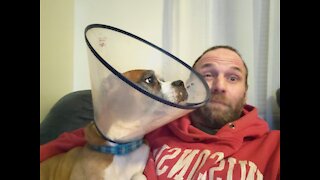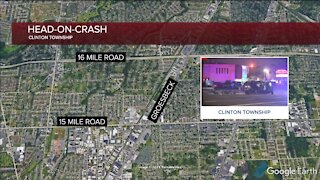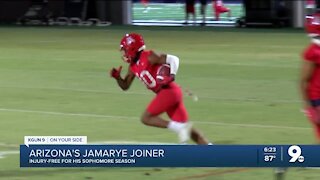No Pain Medication Needed After Back Surgery
Our Patient was injured 3 years ago in a car accident. Since his injury, his legs began to go numb which made it difficult to walk. He came to Synapse Orthopedic Group and saw Edwin Haronian MD. After evaluating him carefully, they decided on back surgery. Post-op, he began to quickly improve. See his recovery here.
Call us to schedule an appointment: (818) 788-2400
Locations in Pomona, Sherman Oaks, and Los Angeles
Radiculopathy refers to a set of conditions in which one or more nerves are affected and do not work properly (a neuropathy). The location of the injury is at the level of the nerve root. This can result in pain (radicular pain), weakness, numbness, or difficulty controlling specific muscles.
In a radiculopathy, the problem occurs at or near the root of the nerve, shortly after its exit from the spinal cord. However, the pain or other symptoms often radiate to the part of the body served by that nerve. For example, a nerve root impingement in the neck can produce pain and weakness in the forearm. Likewise, an impingement in the lower back or lumbar-sacral spine can be manifested with symptoms in the foot.
The radicular pain that results from a radiculopathy should not be confused with referred pain, which is different both in mechanism and clinical features.
Polyradiculopathy refers to the condition where more than one spinal nerve root is affected.
Radiculopathy is a mechanical compression of a nerve root usually at the exit foramen or lateral recess. It may be secondary to degenerative disc disease, osteoarthritis, facet joint degeneration/hypertrophy, ligamentous hypertrophy, spondylolisthesis, or a combination of these factors. More rare causes of radiculopathy may include radiation, diabetes mellitus, neoplastic disease, or any meningeal-based disease process.[citation needed]. Second-stage Lyme meningitis resembles aseptic meningitis and is often associated with radiculopathies.
Most often the radiculopathy found in the patients are located in the cervical spine, more along C6-C8.
Certain injuries can also lead to radiculopathy. These injuries include lifting heavy objects improperly or suffering from a minor trauma such as a car accident. Less common causes of radiculopathy include injury caused by tumor (which can compress nerve roots locally) and diabetes (which can effectively cause ischemia or lack of blood flow to nerves).
Decompression is a surgical procedure that is performed to alleviate pain caused by pinched nerves (neural impingement).
During a lumbar decompression back surgery, a small portion of the bone over the nerve root and/or disc material from under the nerve root is removed to give the nerve root more space and provide a better healing environment.
There are two common types of spine surgery decompression procedures:
Microdiscectomy
A microdiscectomy (a micro decompression) is typically performed for pain from a lumbar herniated disc. The surgery is considered reliable for leg pain caused by the herniated disc, most commonly called sciatica by patients, and most commonly referred to by medical practitioners as a radiculopathy.
Lumbar Laminectomy
A lumbar laminectomy (open decompression) is typically performed for pain from lumbar spinal stenosis. The goal of the surgery is to allow more room for the nerve root, thus reducing pain (and potentially any leg weakness or neurological symptoms) and restoring the patient’s ability to participate in everyday activities.
For more information please visit our website at: http://www.synapsedoctor.com
You can also follow our social media pages at:
http://www.facebook.com/synapsedoctor
http://www.instagram.com/synapsedoctor
http://www.twitter.com/synapsedoctor
-
 3:28
3:28
KTNV
3 years agoRecovery After Cosmetic Surgery
106 -
 0:21
0:21
ozarkmomma2
3 years agoPlaying after surgery
286 -
 1:28
1:28
BANG Showbiz EN
3 years agoCrystal Hefner 'almost died' after cosmetic surgery operation
78 -
 2:12
2:12
WCPO
3 years agoDWYM: Insurance won't cover a needed medication
7 -
 0:24
0:24
Buzzvideos - EN
3 years agoDog can't eat after surgery
65 -
 1:43
1:43
Calan
3 years agoBoxer dog adapts to cone after surgery
74 -
 1:46
1:46
LukasSpies
3 years ago $0.17 earnedFirst time climbing a roof after ORIF surgery. Will I survive?
186 -
 0:37
0:37
Calan
3 years agoJust one day after surgery, boxer ready to play
95 -
 0:37
0:37
WXYZ
3 years agoGroesbeck Hwy back open after crash
63 -
 1:28
1:28
KGUN
3 years agoArizona's Jamarye Joiner healthy after foot surgery
7